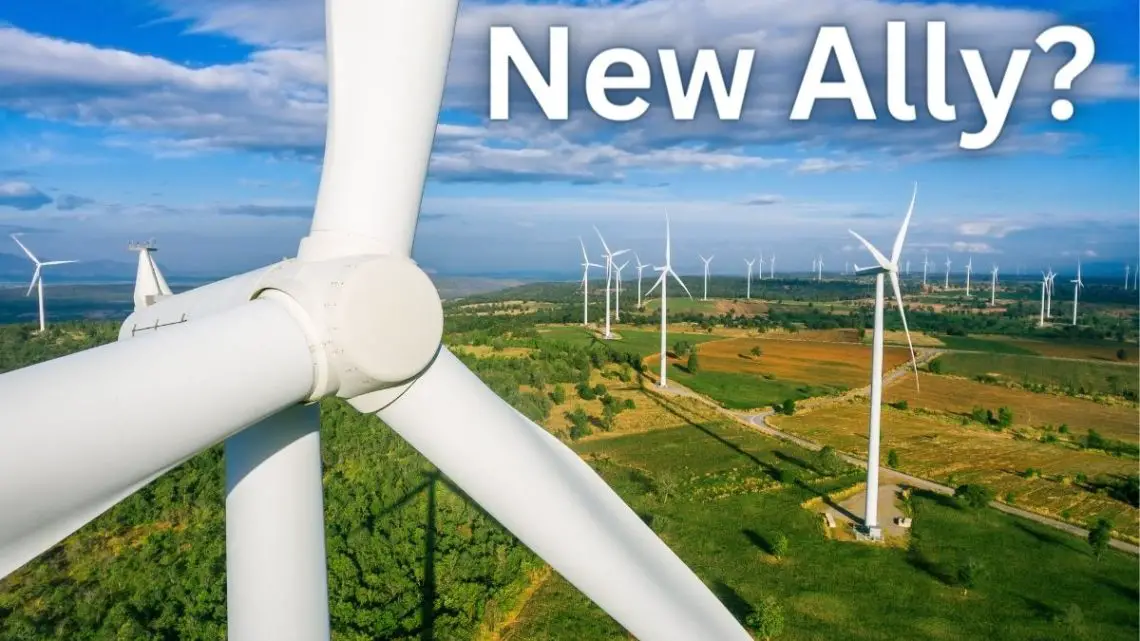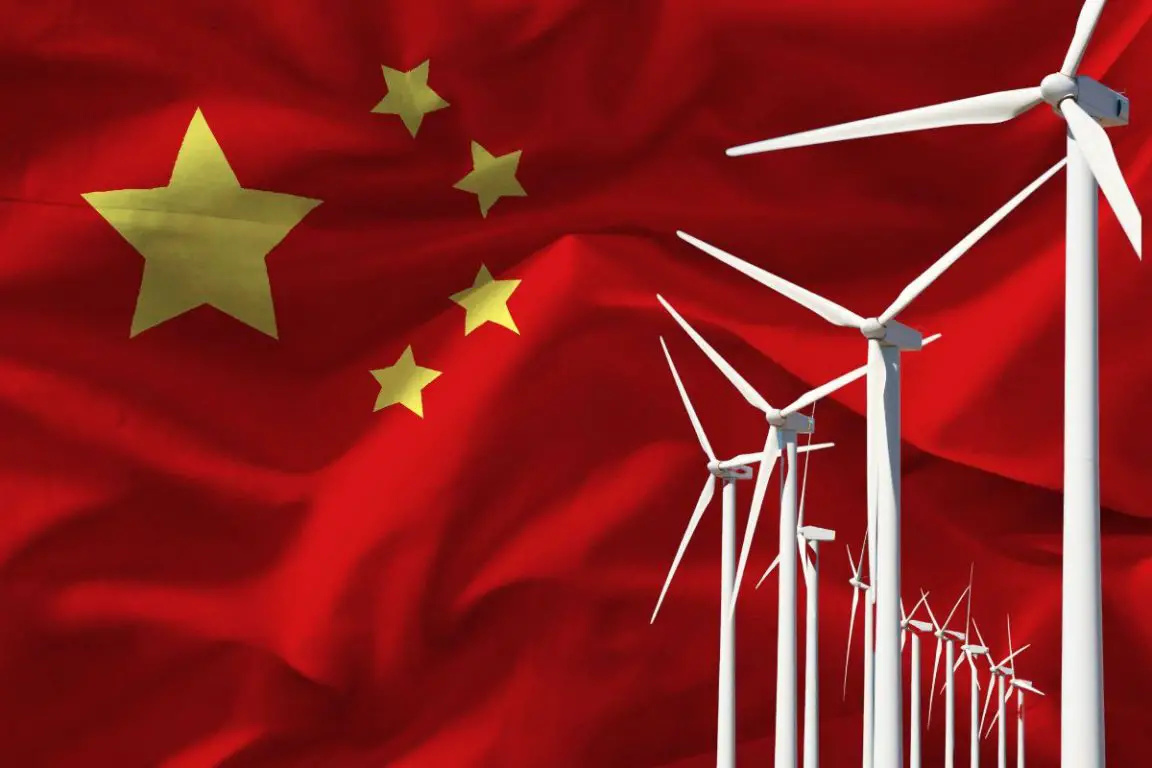
Wind Energy’s Tumultuous Journey Finds Respite in an Unlikely Ally
April 24, 2024The Wind Industry’s Unexpected Turnaround
In recent years, the global wind industry has experienced its fair share of challenges. Rising interest rates and soaring materials costs have significantly eroded profit margins for developers. Combined with a noticeable decline in political and economic support for the energy transition, the sector witnessed a standstill in the installation of new turbines, leading to financial losses, project cancellations, and auction failures. This stagnation starkly contrasted the burgeoning developments in the electric vehicle (EV) and solar sectors, which seemed to advance with unstoppable momentum.
However, a surprising turn of events signals a possible end to this period of stagnation, though it’s best to temper expectations. The savior of the wind sector, ironically, hails from the same country currently viewed with skepticism in the realms of EV and solar energy: China.
A Surge in Global Installations
The Global Wind Energy Council (GWEC), a leading trade body, recently revealed uplifting news for wind energy advocates. Last year, the world witnessed the installation of a record 117 gigawatts (GW) of new wind turbines. This remarkable 50% growth compared to the previous year finally pushed global installations beyond the 95 GW record set in 2020.
This achievement is nothing short of extraordinary, as wind energy generated nearly 2.5 terawatt-hours of electricity in 2023. Such an output is capable of powering nearly 90% of the European Union’s electricity needs. The sector is poised to surpass nuclear power as the world’s most significant source of clean energy, trailing only behind hydroelectric power, within the next year.
The China Factor
But here’s where the story takes a nuanced turn. Removing China from the equation exposes a less rosy picture. Without China’s contributions, the global installation figures for last year barely show any progression from 2020, marking a period of apparent stagnation outside the Asian giant’s borders.

The discrepancy is so pronounced that U.S. Treasury Secretary Janet Yellen and German Chancellor Olaf Scholz recently voiced concerns in Beijing. They argued that China’s aggressive push into clean technology is creating a glut that drives down prices and sidelines other nations from developing their cleantech sectors.
The Challenges Ahead
Despite last year’s record installations, the wind industry is far from meeting the targets necessary for a sustainable future. The International Energy Agency estimates that to meet global energy goals, we need to be installing 320 GW of wind power annually by 2030. However, projections suggest we might only reach two-thirds of the required 3 terawatts for achieving net zero emissions.
One significant roadblock is the localized nature of the wind industry’s supply chain. Unlike solar panels or electric vehicles, which are easier to trade internationally, wind turbines require substantial on-site construction due to their massive scale. This aspect makes the industry heavily reliant on local supply chains, which are currently facing bottlenecks in the U.S. and looming shortages in Europe — challenges China seems uniquely positioned to avoid.
An Unlikely Path Forward
The situation presents an unexpected dilemma for the wind industry. On one hand, skepticism towards China’s cleantech dominance is prevalent, with Western governments wary of becoming too dependent on Chinese imports. On the other hand, China’s capacity to produce affordable clean technology without supply chain disruptions might offer a lifeline for the global energy transition, especially in sectors innately protected from external competition.
Contrary to fears of Chinese overcapacity hindering Western investments in clean technology, it’s the inherent trade barriers within the wind sector that hinder progress. Thus, the energy transition’s hope might paradoxically rest on the very products Western policymakers are cautious of importing.
A Twist in The Tale: Hydrogen’s Role
Amidst this complex landscape, hydrogen emerges as a potential game-changer. Hydrogen technology can complement the wind industry by providing a storage solution for excess energy production, thereby addressing one of the renewable sector’s most significant challenges: intermittency. By converting surplus wind power into hydrogen, energy can be stored and transported more effectively, opening new avenues for clean power usage in industries, transportation, and beyond.
 For example, the wind industry in the United States could leverage hydrogen production as a means to not only meet its ambitious renewable energy goals but also significantly enhance its financial viability. By converting excess wind energy into hydrogen, the industry can ensure constant energy supply, reduce waste, and tap into new markets, thereby securing a more stable and lucrative future. This approach illustrates a pragmatic path forward, turning potential setbacks into opportunities for growth and sustainability.
For example, the wind industry in the United States could leverage hydrogen production as a means to not only meet its ambitious renewable energy goals but also significantly enhance its financial viability. By converting excess wind energy into hydrogen, the industry can ensure constant energy supply, reduce waste, and tap into new markets, thereby securing a more stable and lucrative future. This approach illustrates a pragmatic path forward, turning potential setbacks into opportunities for growth and sustainability.
This synergy between wind energy and hydrogen technology could redefine the path to a sustainable future, emphasizing collaboration over competition and innovation over skepticism.
In conclusion, while the global wind industry faces significant challenges, the unexpected alliance with China and the promising integration with hydrogen technology may yet herald a new dawn for renewable energy. The road may be long and fraught with obstacles, but the potential for a cleaner, more sustainable planet remains within reach. Let us continue to push the boundaries and embrace unlikely allies in our journey towards a greener future.
Ready to test your knowledge on the most abundant element in the universe? Take our fun and engaging Hydrogen Quiz now!


 HFN News is your leading source for fresh hydrogen and renewable energy updates. Amid the fast-paced growth of hydrogen companies, we provide top-notch news and insights about this exciting sector. Our coverage spans from hydrogen cars to global sustainable initiatives, and we highlight the latest in green jobs and developing hydrogen hubs. We invite you to share your local hydrogen news and explore today’s renewable energy job listings on our site. Thanks for choosing HFN News as your trusted guide to the hydrogen and renewable energy world!
HFN News is your leading source for fresh hydrogen and renewable energy updates. Amid the fast-paced growth of hydrogen companies, we provide top-notch news and insights about this exciting sector. Our coverage spans from hydrogen cars to global sustainable initiatives, and we highlight the latest in green jobs and developing hydrogen hubs. We invite you to share your local hydrogen news and explore today’s renewable energy job listings on our site. Thanks for choosing HFN News as your trusted guide to the hydrogen and renewable energy world!
